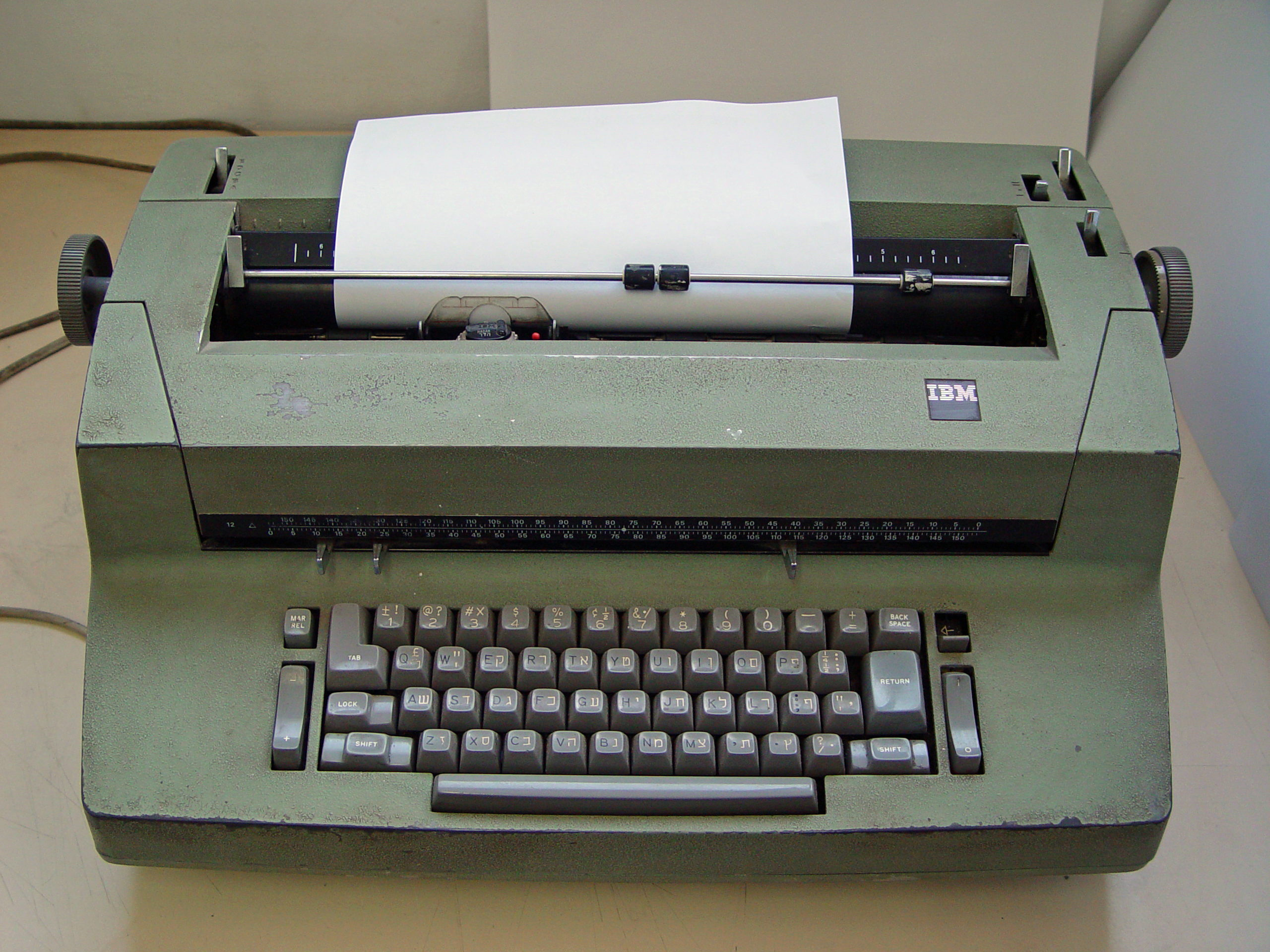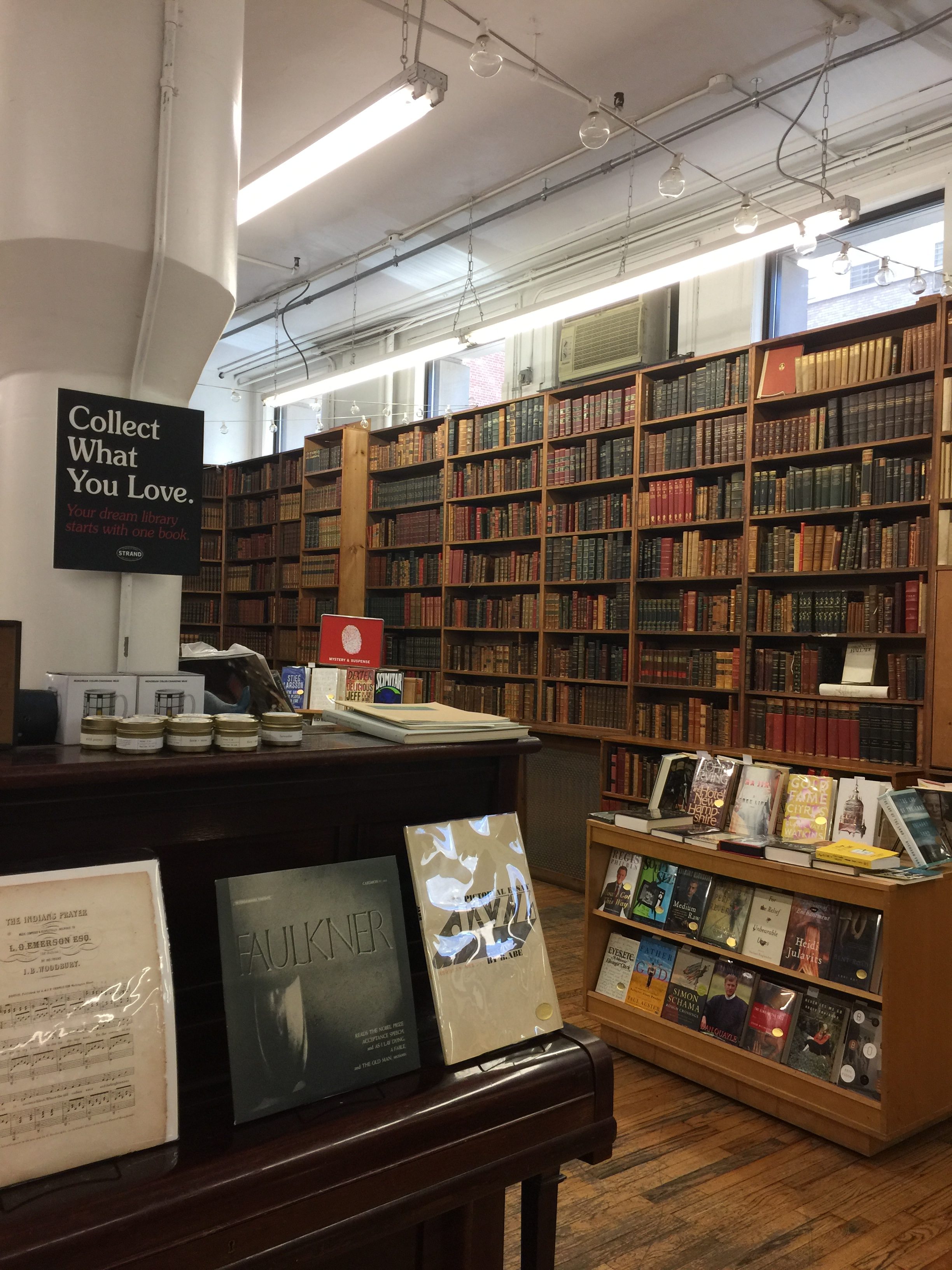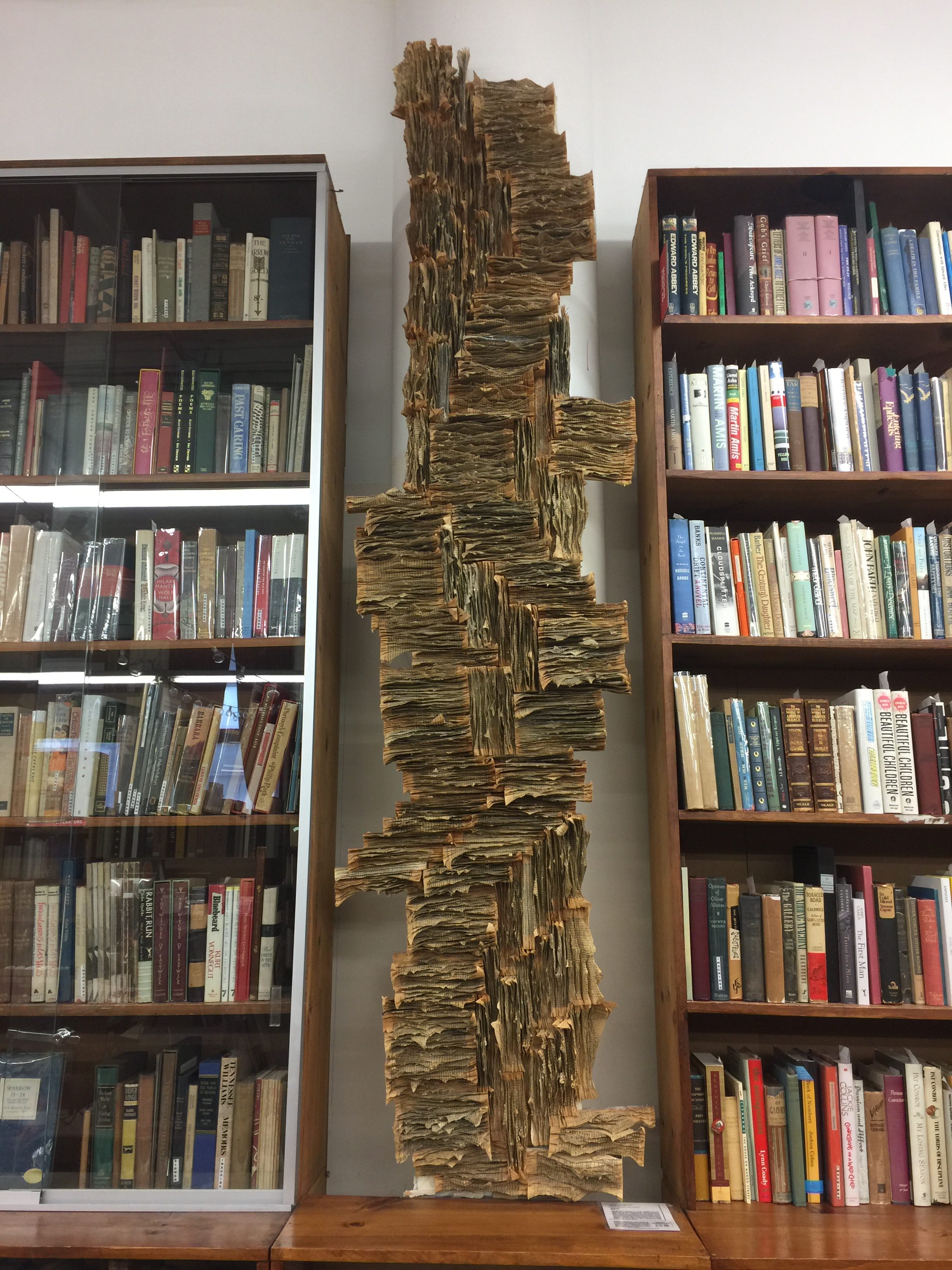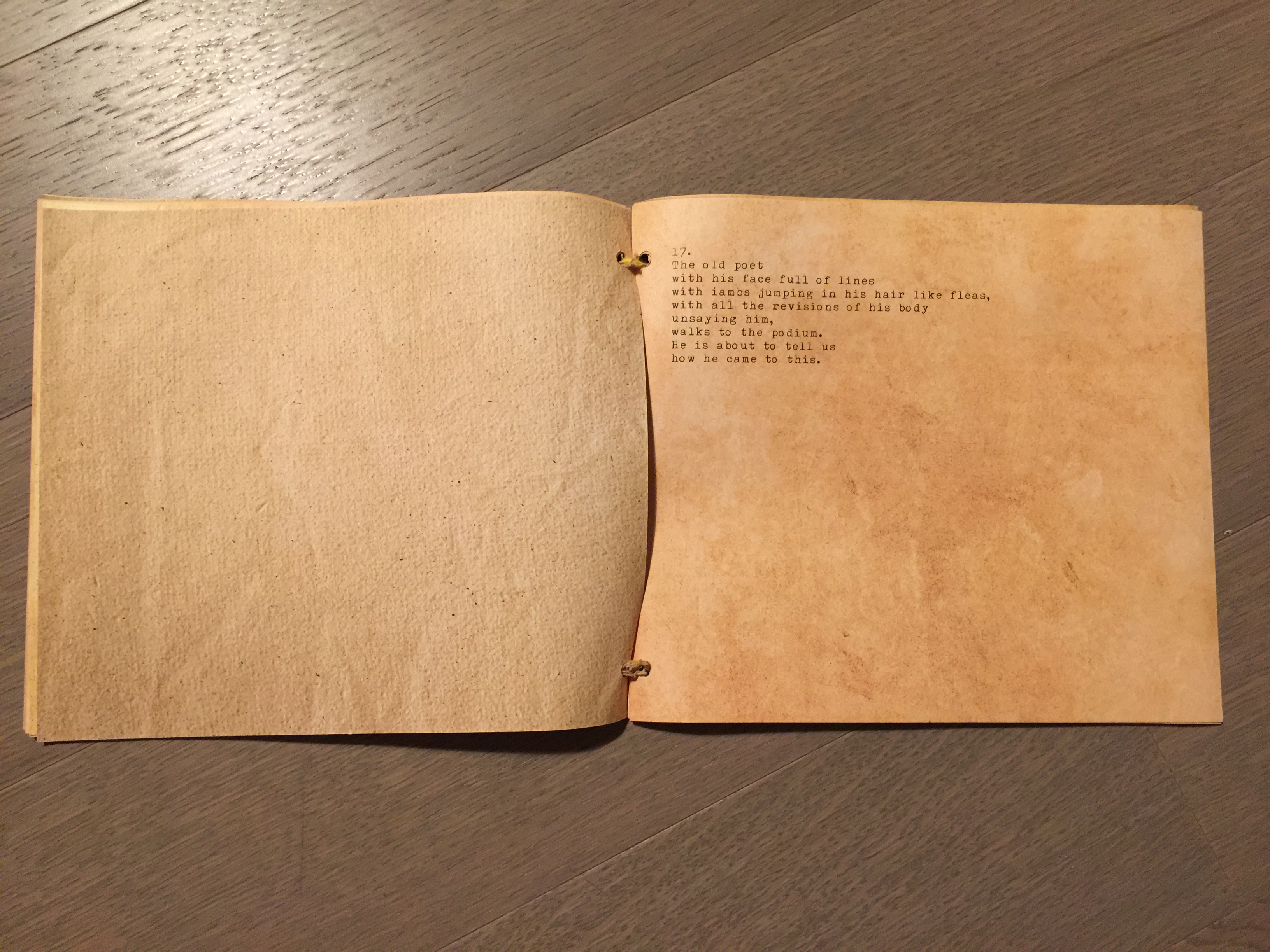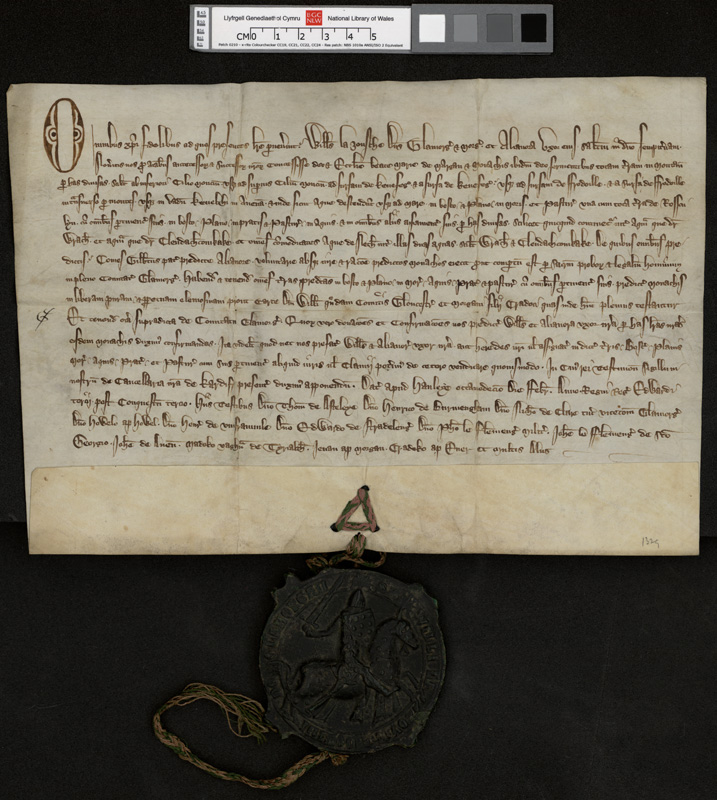URL of the project: http://portfolio.newschool.edu/gongy152/2017/10/02/bridge-project2/
The project I deconstruct is the Bridge project 2 for Integrative studio1. I was asked to Interview a peer from home (or who lives somewhere other than New York) and ask them: If you were in New York City right now, what are some things would you do? After reviewing my interview, I was asked to choose one of the things my interviewee described wanting to experience in New York City and do that thing. After completing the action, I was asked to make a postcard for my interviewee, representing the experience. The postcard could be any forms, and the “postcard” could be interpreted in any ways. The professor wanted us to consider ways to incorporate ideas from our discussions and readings around relational art and social practice in the action we choose.
My friend want to sit at a very old bookstore in New York for the entire afternoon without electronic devices. So I sat at the third floor of brand (which is a rare books and first editions section) the entire afternoon with my cellphone turned off. I’m not a book person, so at first I did this totally because I want to do the thing my friend wanted to for her. But when I started to read poem collections, and immersed myself into the reading environment at the old bookstore, I found that New York could be so quiet and inspiring. This experience offered me a new perspective to view New York.
When I began to do the “postcard”, I thought about the installation of book art that I saw in Brand. The paper of the book of the installation began to fade and appeared yellowish, which made the whole installation looks aged and really fits into the theme of the rare books.
I also thought about the poem collections I read at the bookstore. My friend loves poems, and I thought it’s perfect to use the poem to convey this experience. So I chose 26 poems (because 26 is her birthday date) that I read at that afternoon, and printed them on old-fashioned paper by using calligraphy of typewriter. The most challenging part of this project is renting a typewriter. Since I want to create the old-fashioned style of text, I intended to use a typewriter to achieve such effect. However, I reached out several stores and libraries, and they all said they didn’t have a typewriter. So instead of typewriter, I used the calligraphy of typewriter in the text printing from computer.
“Parchment is a writing material made from specially prepared untanned skins of animals—primarily sheep, calves, and goats. It has been used as a writing medium for over two millennia. Vellum is a finer quality parchment made from the skins of young animals such as lambs and young calves.” “…parchment had been invented in Pergamon to replace the use of papyrus which had become monopolized by the rival city of Alexandria. …” “Writing on prepared animal skins had a long history, however. David Diringer noted that ‘the first mention of Egyptian documents written on leather goes back to the Fourth Dynasty (c. 2550–2450 BC), but the earliest of such documents extant are: a fragmentary roll of leather of the Sixth Dynasty (c. 24th century BC), unrolled by Dr. H. Ibscher, and preserved in the Cairo Museum.”
But with the development of technology of making paper, writing on animal skins is less common: “In the later Middle Ages, especially the 15th century, parchment was largely replaced by paper for most uses except luxury manuscripts, some of which were also on paper. New techniques in paper milling allowed it to be much cheaper than parchment; it was still made of textile rags and of very high quality. With the advent of printing in the later fifteenth century, the demands of printers far exceeded the supply of animal skins for parchment.”
(Wikipedia, https://en.wikipedia.org/wiki/Parchment)
“The first commercial typewriters were introduced in 1874, but did not become common in offices until after the mid-1880s. The typewriter quickly became an indispensable tool for practically all writing other than personal handwritten correspondence. It was widely used by professional writers, in offices, and for business correspondence in private homes.”
Video on the history of typewriters and how they operate:
“The 1970s and early 1980s were a time of transition for typewriters and word processors. At one point in time, most small-business offices would be completely ‘old-style’, while large corporations and government departments would already be ‘new-style’; other offices would have a mixture. The pace of change was so rapid that it was common for clerical staff to have to learn several new systems, one after the other, in just a few years. While such rapid change is commonplace today, and is taken for granted, this was not always so; in fact, typewriting technology changed very little in its first 80 or 90 years.”
(Wikipedia, https://en.wikipedia.org/wiki/Typewriter)
